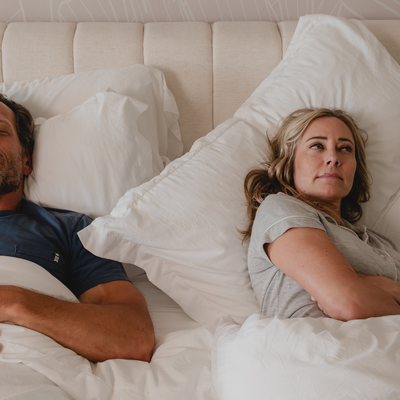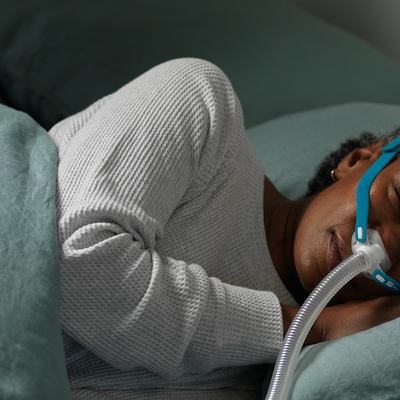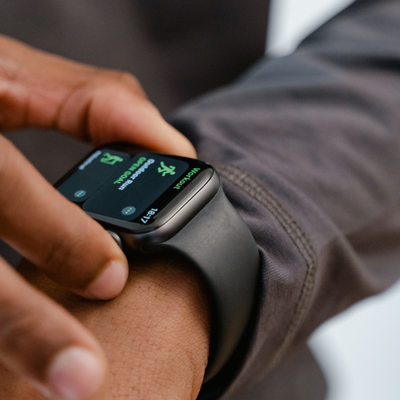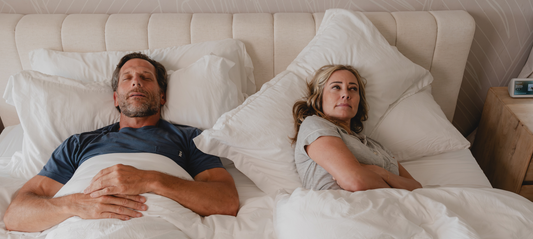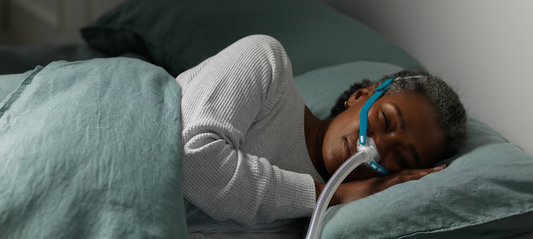Written by Alison Arntsen
March 9, 2023
Love it or hate it, Daylight Savings Time (DST) is upon us again. This practice of setting the clocks forward one hour in March of every year means one less hour of sleep for most of the United States and 70 other countries worldwide. While one hour of sleep might not seem like much, losing that hour can have very real effects on your day-to-day life.
According to a survey conducted by the American Academy of Sleep Medicine, over half of Americans say they experience increased tiredness after the time change. The same survey found that 63% of Americans support eliminating seasonal time changes altogether.
Why do we have Daylight Savings Time?
The purpose of DST is to maximize sunlight hours for the Northern Hemisphere. On the second Sunday in March, we “Spring forward” and set our clocks forward one hour at 2 a.m. At this time of year, the days are getting longer, and setting the clocks forward an hour gives an extra hour of daylight. When DST ends on the first Sunday in November, we “Fall back” and set our clocks back one hour at 2 a.m.
The main reason given for DST is to conserve energy. In WWII and in the energy crisis in the 1970s, DST was made permanent for a short time to conserve fuel. Some also claim that the reduction of dark hours in the evening due to DST results in a decrease of criminal activity.
However, many feel the negative effects of the time change far outweigh any benefits.
What are the negative effects of Daylight Savings Time?
The most obvious negative effect of DST is the disruption of the body’s internal clock. The loss of sleep can have numerous physical, mental, and emotional drawbacks. One study found that in the two week period following the time change there was an increase in fatal car accidents. Negative outcomes from the time change include mood disorders, increase in cardiac arrest, disruption of circadian rhythms, and an increase in insomnia symptoms. Daytime sleepiness can affect your safety and work performance.
If you consistently experience drowsiness during the day even long after Daylight Savings Time, an at-home sleep study can help you get to the root of your sleep issues.
How can I better adjust to Daylight Savings Time?
While many are lobbying to abolish the practice, until they’re successful, there are several things you can do to support your sleep health and ease the transition.
Practice good sleep hygiene
Simple sleep hygiene practices can help you maximize the sleep you do get. One of the most important elements of sleep hygiene is a consistent bedtime routine. Doing the same activities in the same order before bed every night helps signal to your body that it’s time to wind down and prepare for sleep. Activities you might have as part of your bedtime routine include dimming the lights, brushing your teeth, eliminating electronic distractions an hour before bedtime, or stretching.
Good sleep hygiene also includes avoiding alcohol, caffeine, or eating too close to bedtime. All of these can disrupt your ability to fall asleep and stay asleep.
Optimizing your sleep environment also helps. Try to remove distractions from your bedroom, and use your bed only for sleeping or sex. Avoid working or hanging out in bed too long.
Start to transition your bedtime earlier
One way to reduce the shock to your system of losing a whole hour of sleep at once is to gradually shift your sleep and wake times 10-15 minutes earlier every day in the days preceding Daylight Savings Time.
Get outside!
The best way to get your circadian rhythms aligned is sunlight exposure. Try to get outside and into the sun as early in the day as you can. Sunlight signals to your body that it’s time to wake up.
Feeling drowsy after DST is normal, but practicing these tips can help to make the transition easier. If you have consistently had a hard time falling asleep and staying asleep, you might be experiencing sleep disruption due to sleep apnea. Lofta’s team of sleep specialists and coaches can help you get the treatment you need to get the best rest possible.



